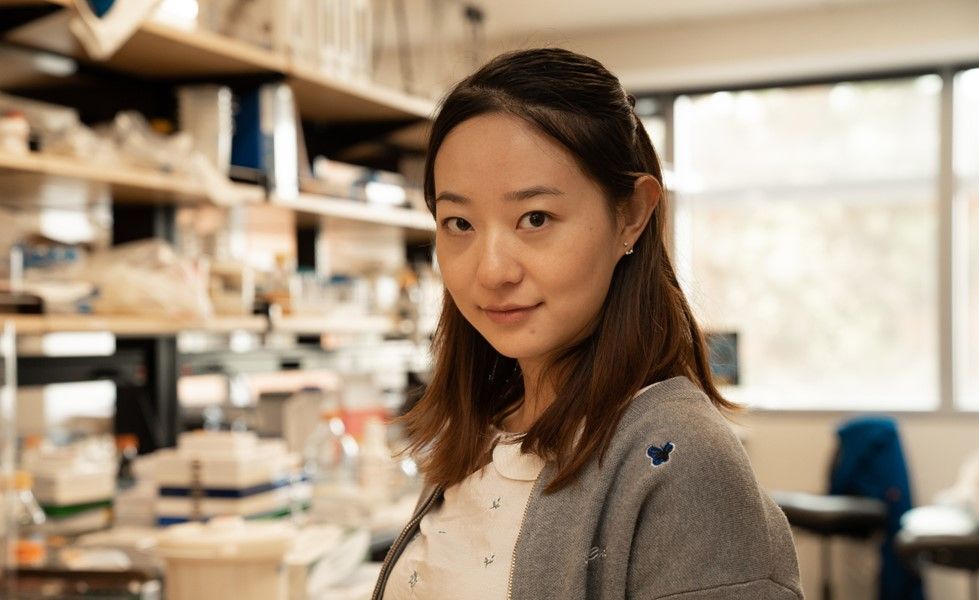

Careers • News • Contact us •
May 13, 2024
From 11:30 AM to 12:30 PM

Mingqi Han, PhD
Postdoctoral Researcher
David Geffen School of Medicine
University of California, Los Angeles
Los Angeles, CA, USA
This conference is part of the the IRCM Early-Career Scientist Seminar Series (ECS3), a groundbreaking initiative whose mission is to showcase early career scientists. This is a great opportunity to discover the exciting projects of these researchers in training in front of a multidisciplinary audience.
This conference is hosted by Nathalie Labrecque, PhD.
About this conference
Cancer cells depend on nutrients like sugar and fat to generate the building blocks necessary for growth and expansion. The nutrient preferences of tumors are influenced by the communication between cellular organelles and the architectural arrangement of various cell types. In this study, I have developed a ‘Google Earth’ approach for tumor visualization, utilizing multi-modality imaging technologies. This method allows us to zoom from a few millimeters down to less than one hundred angstroms, connecting tumor metabolic profiles to their ultrastructural networks (Han et al., Nature, 2023). The imaging platform provides a top-down analysis of tumors from whole-animal level down to the spatial organization of cellular ultrastructures. Specifically, Position Emission Tomography (PET) with metabolic-based radiotracers (18F-FDG and 18F-FBnTP) was used to measure glucose flux and mitochondrial membrane potential, stratifying tumor metabolic signatures in vivo in lung cancer as oxidative and glycolytic. Furthermore, 3D Serial Block-Face Electron Microscopy (3D SBEM) offered angstrom-resolution images to map mitochondrial morphology, spatial distribution, and interactions with other intracellular organelles. To analyze inter-organelle communication in large-format 3D SBEM dataset, we developed a scalable convolutional neural network (CNN). This network enables automatic organelle segmentation and reconstruction at a 106 magnitude. Analysis revealed mitochondria clustered around the nucleus in glycolytic tumors, while mitochondria in oxidative tumors were found near lipid droplets, known as peri-droplet mitochondria (PDM). Moving forward, my ongoing work explored the potential of therapeutically targeting PDM within oxidative tumors to enhance the effectiveness of metabolic therapies.
About Mingqi Han
Dr. Mingqi Han completed her PhD in Medicine in 2018 at The University of Sydney and Children’s Medical Research Institute, under the mentorship of Dr. Roger Reddel. Her graduate research focused on utilizing cytolytic viruses to target tumor intrinsic immune vulnerabilities. Following her graduate, she relocated from Sydney, Australia to Los Angeles. During her postdoctoral time in Dr. David Shackelford lab at UCLA, she developed a strong interest in biomedical imaging techniques and machine learning, particularly in relation to tumor metabolism and cellular inter-organelle communication. Outside of her professional pursuits, Mingqi enjoys watching murder-mystery movies, practicing hot yoga and Pilates.
To make sure you don't miss any of the IRCM conferences, sign up now for our newsletter!

© Montreal Clinical Research Institute, Année.All rights reserves. | Privacy policy | Terms of use | Web site by Agence Riposte